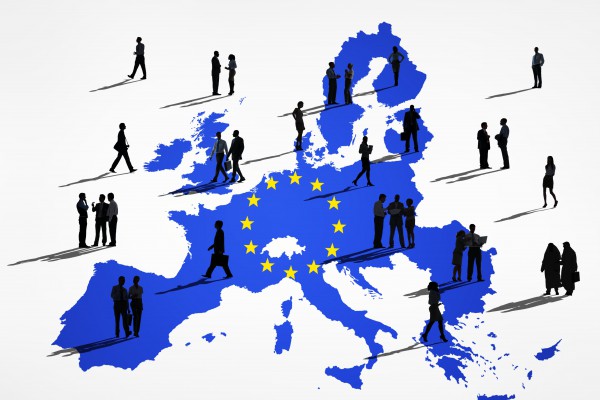What can be learned by moving around? What are the advantages of being a foreigner? How can engaged artists reach out to decision-makers, activists as well as the academic and local community in order to make better – meaning mutually beneficial – use of mobility in Europe? These are some of the questions discussed with the participants of the OpenForum 4: Mobility as a form of integration held in Požarevac on 26-27 July 2008.
On the occasion of the meeting in this southern Serbian town OpenFora methodology was first applied in support of other projects outside the genuine OpenFora framework and project cycle – an option to be increasingly and purposefully made use of in the time to come. Taking a closer look at the Gastarbajter phenomenon typical for the former Yugoslavia and its successor states can lead to rewarding insights into the European issue of labour mobility and the side-effects of migration as well.
Gastarbajters are individuals who (mainly in the 1960s and 1970s) migrated from the material and cultural margins of their home communities on the Balkans to the margins of Western host societies (like Austria or Germany) and (if so) back to the margins of post-communist societies. Anthropological research carried out in region and presented during the OpenForum indicated that gastarbajters tend to overemphasize and publicly show off a story of relative material success, while downplaying a story of absolute dissatisfaction with their personal life due to repeated experiences with exclusion and an increasingly alienated relationship with their cultural roots.
Mobility and migration are part of the larger game of representation and power. What can be learned from the Gastarbajters’ example is that the importance of personal social status rises with the depression of communal social interaction.

In an age of increasing spatial transgression and permanent relocation the role of places in creating reference points for communities comes into question. Could it not be that shared practices – with respect to mobility in artists and gastarbajters alike – may facilitate the establishment or revival of community in alternative ways? Are responsibility and solidarity really bound to belonging? With the emergence of a multicultural and globalized world still in the making, it is certainly too early to answer these questions satisfactorily. Yet they remind us of the discrepancy in mobility opportunities, which is – both inside western societies and in relation between Europe’s centre and the margins – more and more transformed into a social question. The erosion of hopes in manufactured and staged solutions goes on to accompany us on our travel through time; nonetheless, change is still a desperate necessity.
If it takes the form of an adaptation which shows a more humane and appropriate way of doing things, intervention is acceptible. With the help of their public interventions engaged artists can first of all nurture the desire to overcome instrumental communication.
